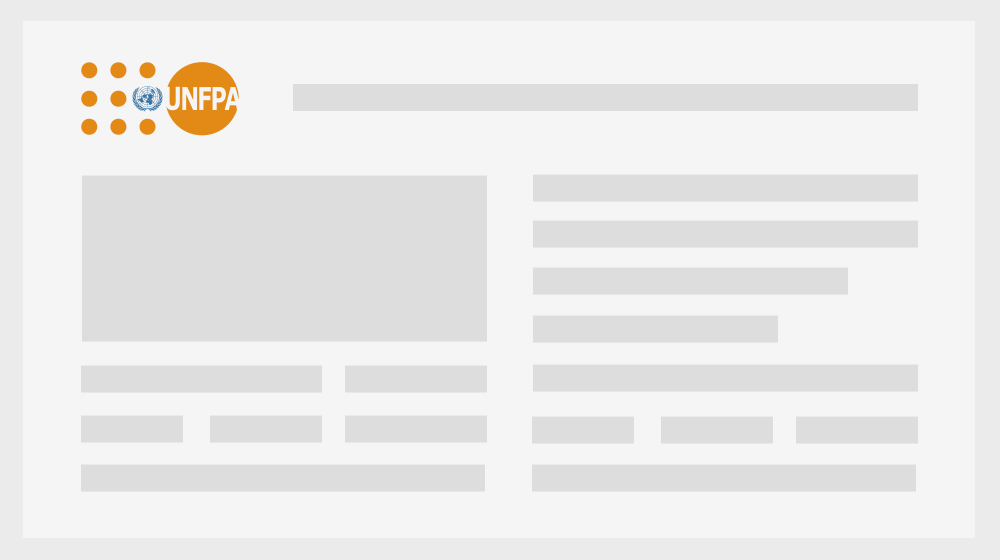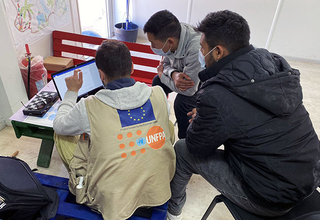Young people aged 10–24 years constitute one-quarter of the world’s population, and they are among those most affected by the global epidemic of human immunodeficiency virus (HIV). In 2015 an estimated 3.9 million people aged 15–24 were living with HIV, 80,000 of them in the Eastern Europe and Central Asia (EECA) Region. Young people aged 15–24 made up almost one third (670,000) of the 2.1 million people who became infected with HIV in 2015, and 23,000 of them were living in the EECA Region.
Young people are particularly vulnerable to HIV for a number of reasons. These include lack of access to comprehensive sexuality education (CSE) and to protection commodities such as condoms and lubricant; lack of access to services for sexual and reproductive health (SRH), often because of laws requiring parental consent for health care; power imbalances in relationships; sexual violence; and the desire of some adolescents to experiment with sexual or drug-using behaviours at an age when they may not be equipped to make fully informed decisions about risk.
Young people who are members of key populations—i.e. sex workers of all genders, men who have sex with men (MSM), transgender people, people who inject drugs and people in detention (prison or other closed settings)—are especially vulnerable to HIV in all epidemic settings. This is due to widespread discrimination, stigma and violence, and potential alienation from family and friends. In many cases, young key populations are also made more vulnerable by policies and laws that demean, criminalize or penalize them or their behaviours, and by education and health systems that ignore or reject them and that fail to provide the information, services and treatment they need to keep themselves safe. These factors increase the risk that they may engage—willingly or not—in behaviours that put them at risk of HIV, such as unprotected sex, and sharing needles and syringes to inject drugs.
All these factors are evident in countries of the EECA Region. Organizations working on HIV and sexual and reproductive health and rights (SRHR) must engage with a complex environment where governments and civil society face significant political, economic and social constraints in openly addressing these issues.
This tool is designed to support the development of regional and country programming plans for HIV and SRHR for young key populations in the EECA Region by the United Nations Population Fund (UNFPA) and International Planned Parenthood Federation (IPPF) and their partners. It is based on work done by UNFPA, IPPF and partners across eight countries in the EECA Region. It describes the context in which such services are to be developed, and strategies to address essential issues of empowerment, participation and rights, and to confront stigma, discrimination and violence. It outlines a comprehensive package of services for young key populations and the ways in which they can be delivered. Examples of services for young key populations from the region and around the world are included.
This tool is designed for use by public-health officials and managers of HIV and SRHR programmes; nongovernmental organizations, including community and civil-society organizations; and health workers. It may also be of interest to international funding agencies, health policy-makers and advocates.




